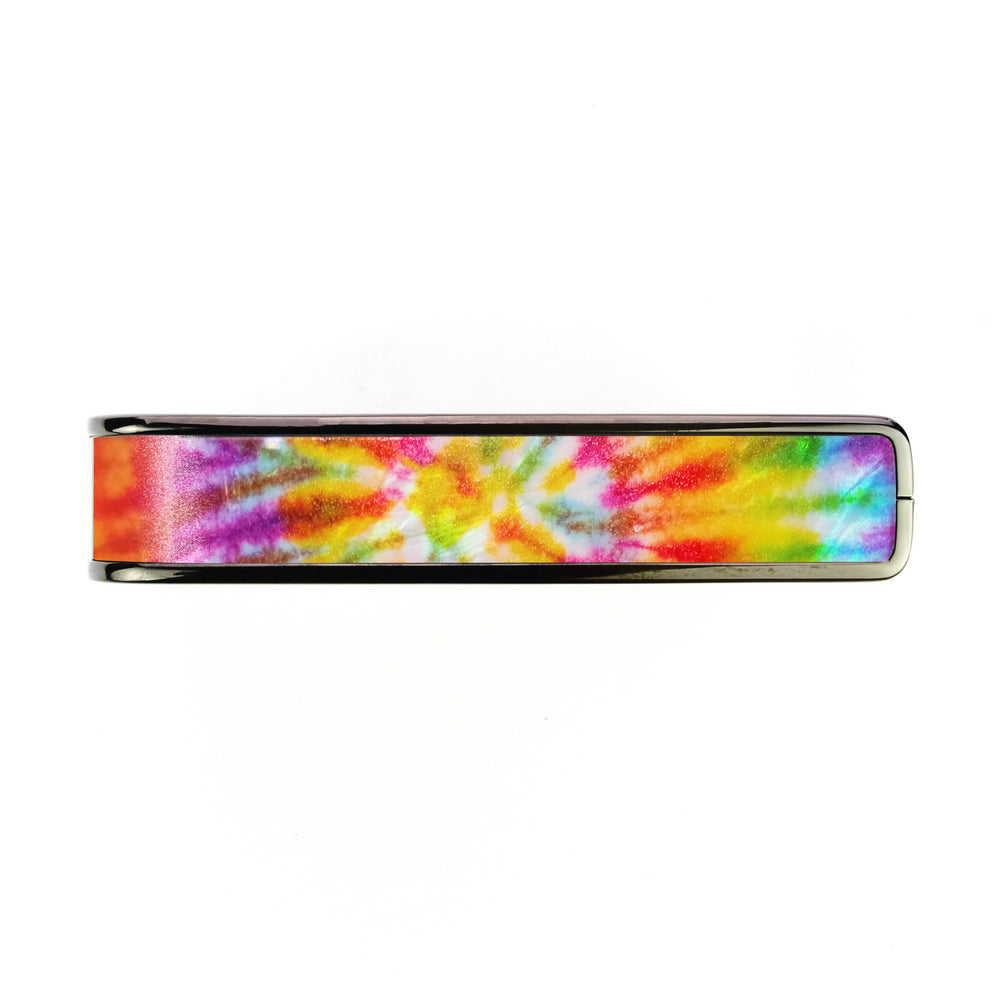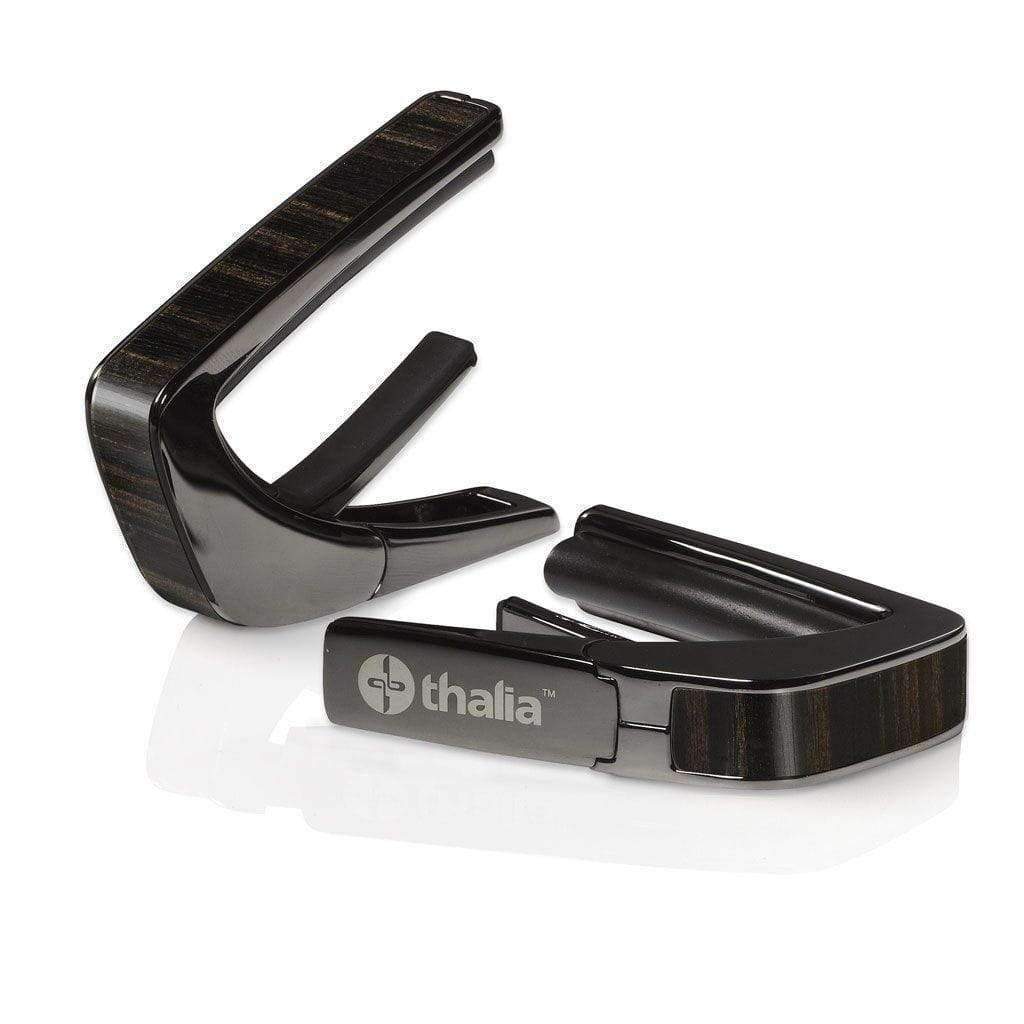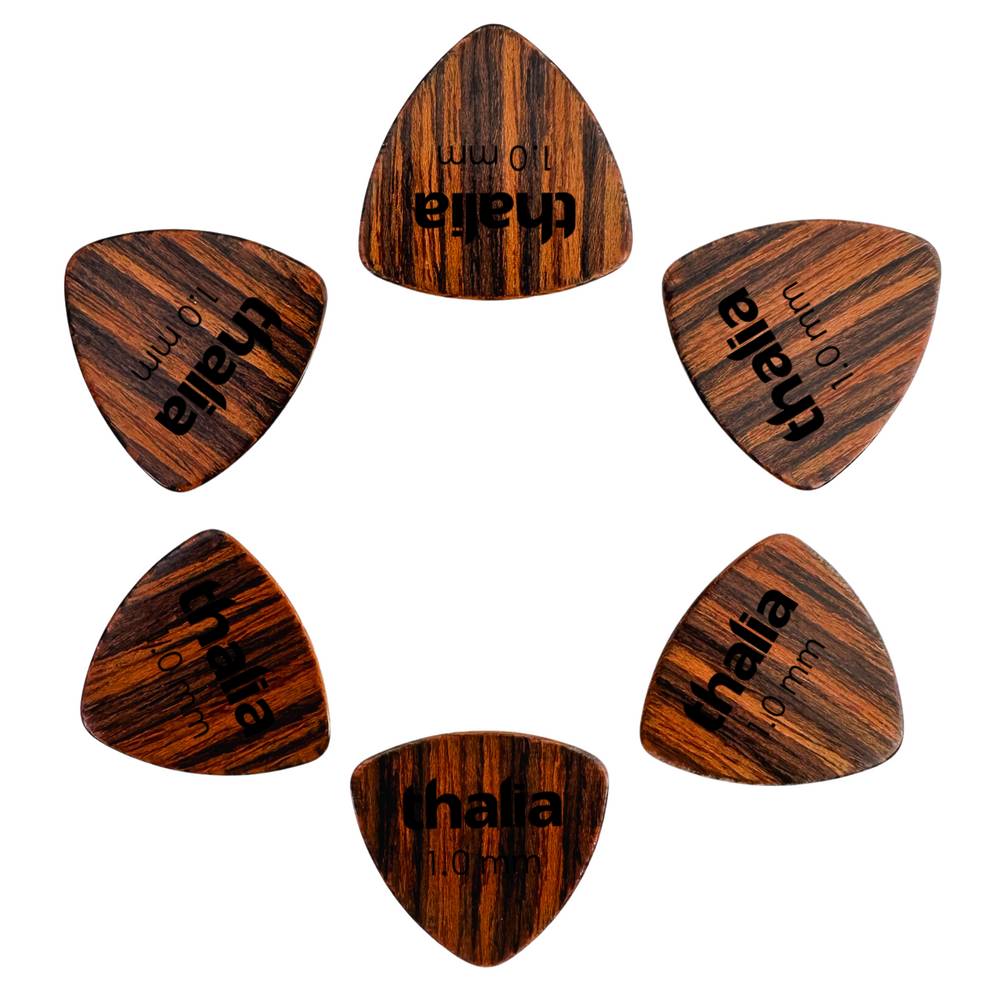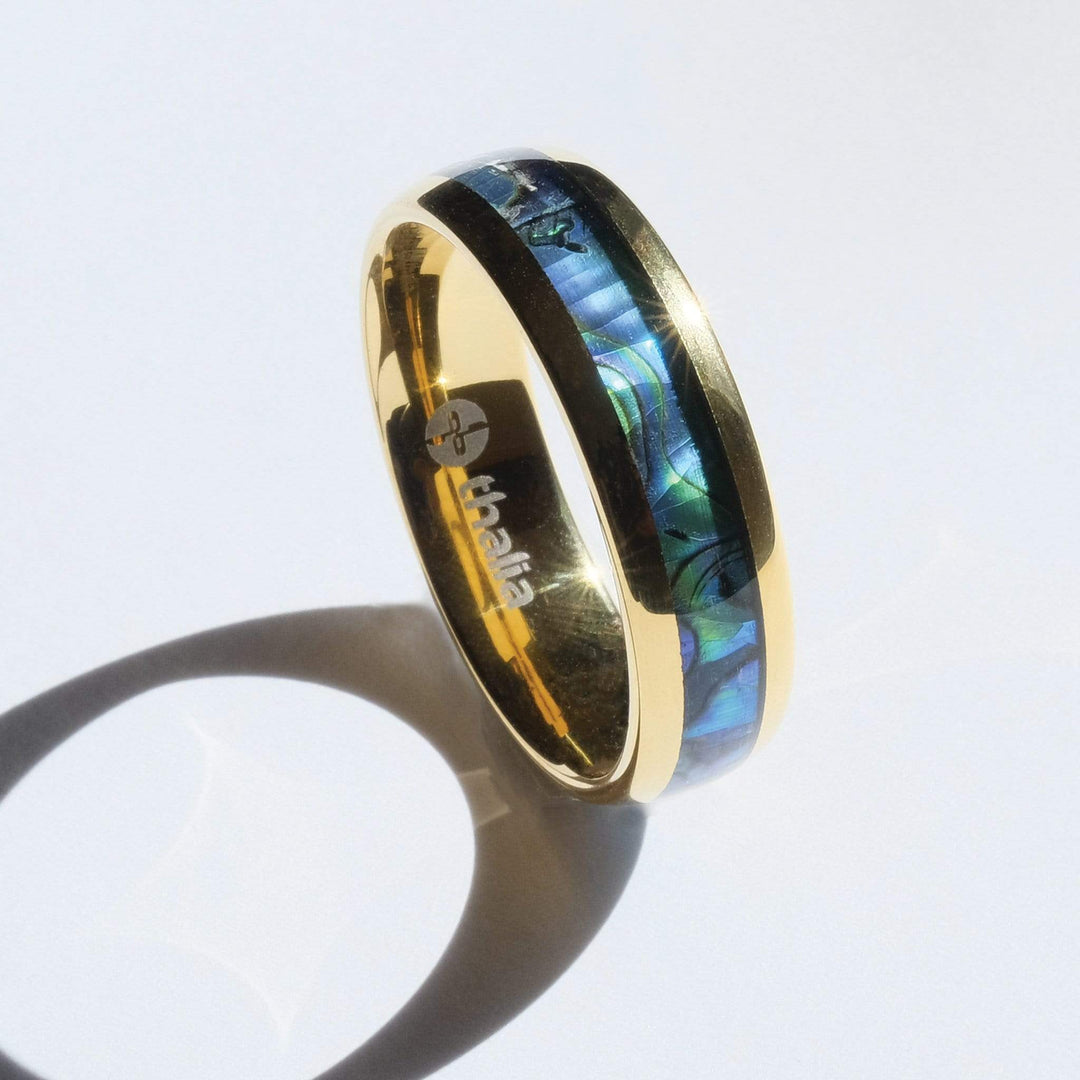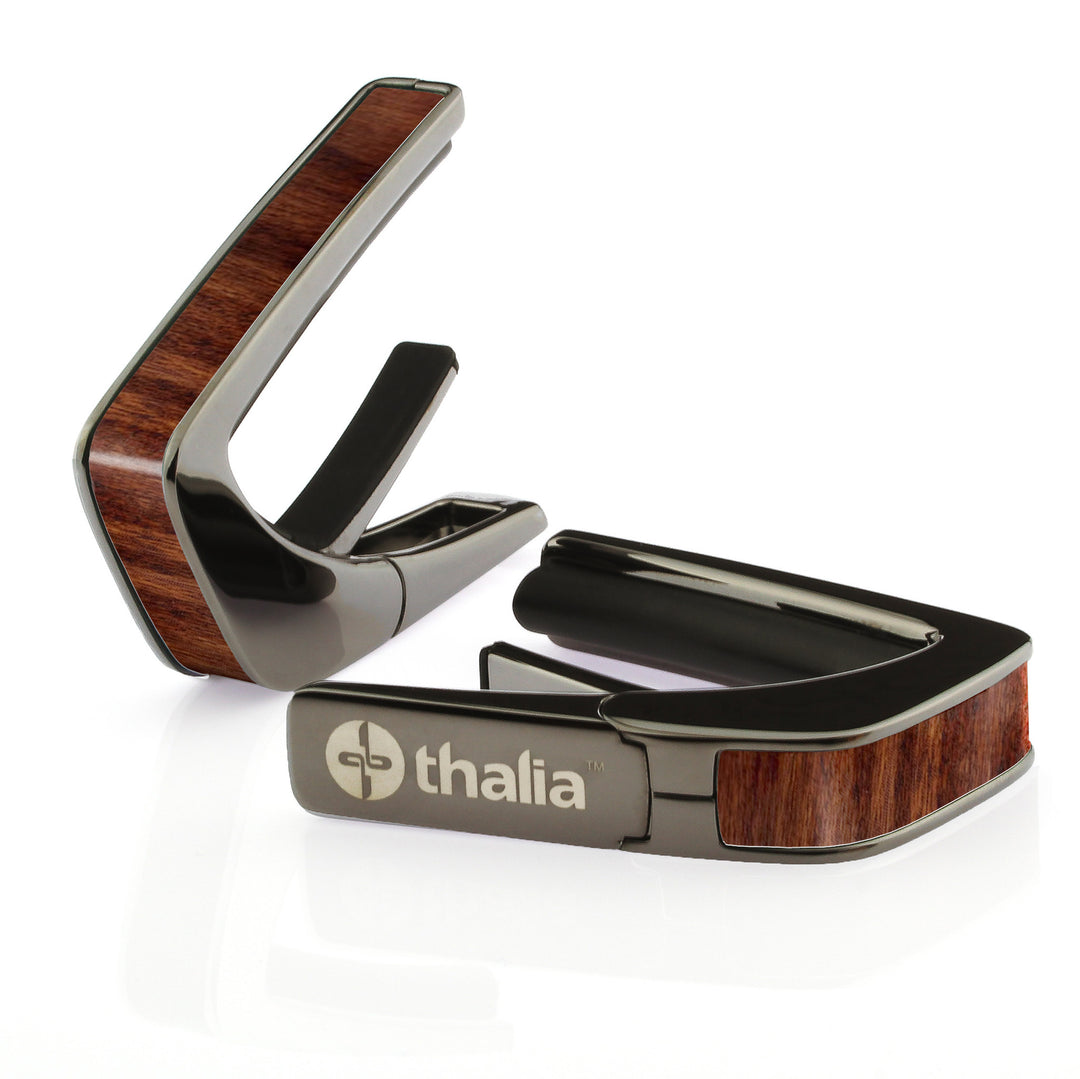Get Started With Home Recording: Audio Interfaces

With the current pandemic situation, gigging as we once knew it isn’t likely to resume any time soon. And, if you’re anything like me, that’s probably making you more than a little antsy.
Getting up on stage at the end of the week and chucking out a few power chords was like a form of therapy for me and I eagerly await the day I can stand in front of an audience with a 4x12 behind me and throw some shapes again.
During the past few months though, I’ve found myself scratching that itch by taking a deep dive into home recording. Over lockdown, I even managed to remotely produce and mix my band’s new EP, which I’m pretty happy with!
The great thing about home recording these days is that it’s more accessible than ever. You really don’t need a great deal to get started, and for a couple of hundred bucks, you can make some pretty decent sounds.
Over the next couple of articles, I thought I’d run through the gear you need for a basic home recording setup, as well as some recommendations for equipment.
Today we’re kicking things off with the Audio Interface, or, in layman’s terms, the thing you use to get the sound of your instruments or voice into the computer.
Audio Interfaces come in all shapes and sizes these days, and there’s something for pretty much every budget. But, before you buy one, you need to think about what exactly it is you’re going to record and how many inputs you’ll need to do it, as well as the size of the space you’re working in.
If just want to record your guitar and voice, then all you can get by just fine with a two input channel interface. The great thing about two channel interfaces is that they’re usually small enough that you can sling them in a cupboard when you’re done with them. If space is at a premium in your home studio environment, this might be a solution.
When it comes to tracking live drums, or even recording full band rehearsals and live studio sessions, you’ll probably be looking at an eight-to-sixteen input channel interface at a minimum. These will set you back considerably more than their two-channel brethren, and take up a lot more space, often being designed to fit in a studio rackmount.
The other thing to consider is what the inputs on your audio interface actually are. These days, most units come with hybrid ports that allow you to plug in both line (for your electric guitar or keyboards) and XLR (for microphones), but some two track interfaces might offer one line channel one XLR channel. If you’re planning to use midi instruments, you’ll want a unit with dedicated midi ports, and if you’re using a microphone that requires Phantom Power, you’ll need a unit with a +48v switch. Again, this is pretty commonplace on most modern interfaces, but it’s always good to check.
If you’re not sure what you want just yet and are just looking to dip a toe in the water, then a small two input channel unit is probably the way to go.
The Focusrite Scarlett 2x2 is often cited as one of the best entry-level interfaces on the market, and I’d highly recommend it. PreSonus’s Studio 24c is also a great option, with the added bonus that it comes bundled with the PreSonus Studio One Digital Audio Workstation (DAWs – recording software in other words. We’ll come back to those in a future edition of this series). And, if you’re on a strict budget, Behringer’s UM2 is a cheap and cheerful solution that gets the job done (though only one of the channels has a hybrid port, so if you want to record with two microphones at the same time, it’s probably not for you).
You’ve got your audio interface, and you’re one step closer to setting up your home studio. Now, you’ll need a DAW so that you can record with it. In the next edition, we’ll run through some of the best low cost options out there.
Let me know what you use for home recording in the comments below, and share any recordings that you’ve made as well. Oh, and on that note, if you’re so inclined, you can check out my band’s home-recorded EP here:







